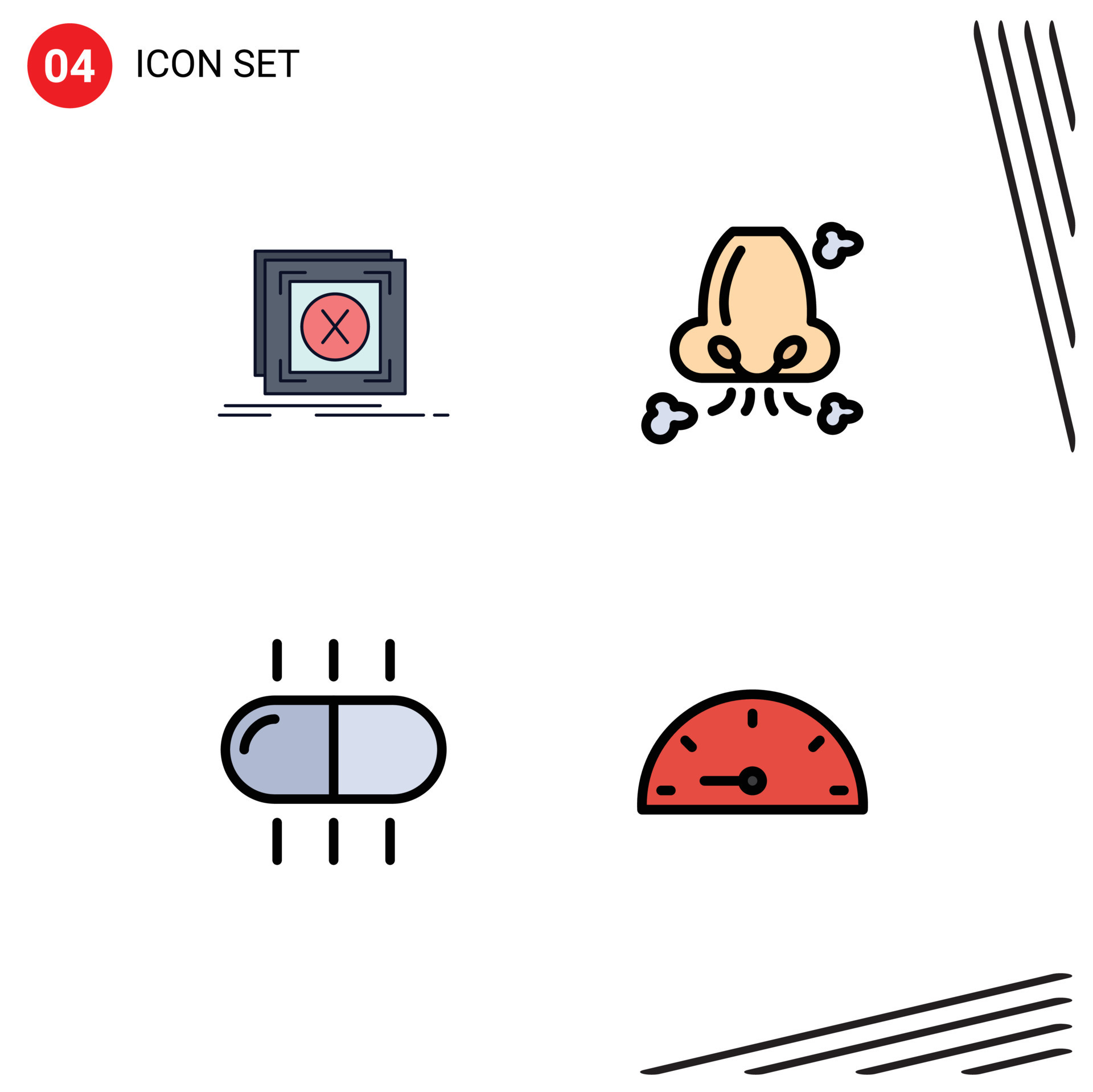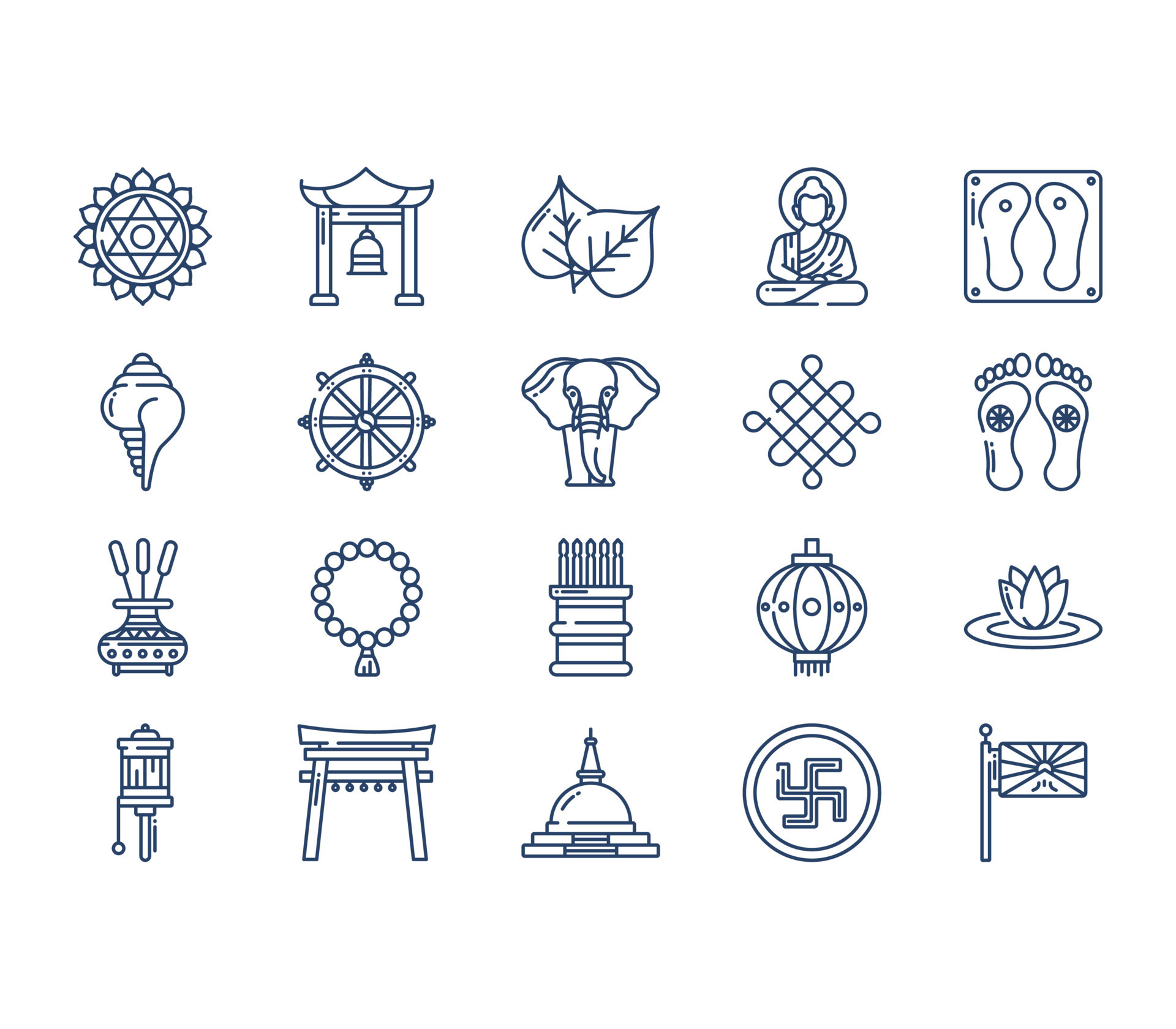**Ever felt like life's moving too fast, and you're just trying to keep up? In the chaos of modern living, finding balance and peace can feel like searching for a needle in a haystack. But what if I told you there's an ancient practice that can help you breathe easier, both literally and metaphorically? Welcome to the world of breathe symbol Buddhism, where mindfulness meets spirituality, and every inhale and exhale becomes a sacred ritual.**
Let's dive into the heart of this powerful practice. Breathe symbol Buddhism isn't just about sitting cross-legged on a cushion; it's about reconnecting with your inner self and the universe around you. This philosophy teaches us to embrace the present moment, letting go of the past and future worries that weigh us down. It's about finding peace in the here and now, and that's something we could all use a little more of, right?
Now, before we get into the nitty-gritty, let me assure you: you don't have to be a monk or a meditation guru to benefit from this wisdom. Whether you're a busy professional, a student juggling exams, or a parent trying to keep it all together, the principles of breathe symbol Buddhism can transform your life. So, take a deep breath, and let's explore this journey together.
- Unlocking The Power Of Agmaalrun Your Ultimate Guide
- How To Biwire Speakers A Comprehensive Guide For Audiophiles
What Does Breathe Symbol Mean in Buddhism?
When we talk about breathe symbol Buddhism, we're diving into a concept that's been practiced for thousands of years. At its core, it's about using the breath as a symbol of life, awareness, and connection. The breath is more than just a biological function; it's a powerful tool for mindfulness and meditation. In Buddhism, the breath symbolizes the impermanence of life and the importance of being fully present in each moment.
In many Buddhist traditions, the breath is seen as a bridge between the body and the mind. By focusing on your breathing, you can calm your thoughts and achieve a state of deep relaxation. This practice is often referred to as "mindful breathing" or "anapanasati" in Pali, and it's a cornerstone of Buddhist meditation.
Key Elements of Breathe Symbol in Buddhism
- Focus on the breath: Paying attention to the inhale and exhale helps anchor you in the present moment.
- Impermanence: The breath reminds us that everything is transient, encouraging us to let go of attachment.
- Connection: Breathing connects us to the universe, reminding us of our place in the grand scheme of things.
Why Is Mindful Breathing Important in Buddhism?
Mindful breathing is more than just a relaxation technique; it's a way of life. In Buddhism, the breath is considered a sacred tool for cultivating awareness and compassion. By focusing on your breathing, you can develop a deeper understanding of yourself and the world around you. This practice helps reduce stress, improve concentration, and enhance overall well-being.
- Josh Hartnett Parents Unveiling The Family Behind The Hollywood Star
- Unveiling The Cast Of Young Sheldon A Deep Dive Into Their Lives And Careers
Studies have shown that mindful breathing can have a profound impact on both mental and physical health. It lowers cortisol levels, reduces anxiety, and even improves cardiovascular health. So, whether you're dealing with work-related stress or personal challenges, mindful breathing can be your go-to solution.
Benefits of Mindful Breathing
- Reduces stress and anxiety
- Improves focus and concentration
- Enhances emotional regulation
- Promotes physical relaxation
How to Practice Mindful Breathing in Buddhism
Ready to give mindful breathing a try? It's easier than you think. Here's a simple guide to get you started:
- Find a quiet, comfortable place to sit or lie down.
- Close your eyes and take a few deep breaths, inhaling through your nose and exhaling through your mouth.
- Focus on the sensation of the breath as it enters and leaves your body.
- If your mind starts to wander, gently bring your attention back to your breathing.
- Practice for 5-10 minutes a day, gradually increasing the duration as you become more comfortable.
Remember, the goal isn't to "clear your mind" but to observe your thoughts without judgment. It's about being present and accepting whatever arises in the moment.
The Symbolism of Breath in Buddhism
Breath isn't just a physical process in Buddhism; it carries deep symbolic meaning. It represents the cycle of life, death, and rebirth, reminding us of the impermanence of all things. In many Buddhist traditions, the breath is seen as a metaphor for the flow of energy or "prana" in the body. By controlling your breath, you can influence your mental and emotional states, achieving greater balance and harmony.
Some practitioners even use specific breathing techniques to enhance their meditation practice. For example, the "fourfold breathing" technique involves inhaling for four counts, holding the breath for four counts, exhaling for four counts, and holding the breath again for four counts. This method helps deepen relaxation and focus.
Common Breathing Techniques in Buddhism
- Fourfold breathing
- Alternate nostril breathing
- Belly breathing
Connecting Breath to Meditation
Meditation and breathing go hand in hand in Buddhism. In fact, many meditation practices are centered around the breath. By focusing on your breathing, you can quiet your mind and enter a state of deep meditation. This practice is often referred to as "vipassana" or insight meditation, and it's one of the most powerful tools for self-discovery.
During meditation, the breath serves as an anchor, keeping you grounded in the present moment. As you focus on your breathing, you may notice thoughts, emotions, and sensations arising. Instead of getting caught up in them, simply observe them and let them pass. This process helps develop equanimity and acceptance, key components of Buddhist philosophy.
Tips for Effective Meditation
- Start with short sessions and gradually increase the duration.
- Find a comfortable posture that allows you to sit or lie down without strain.
- Use guided meditations or apps if you're new to the practice.
The Role of Breath in Mindfulness
Mindfulness is all about being present and fully engaged in the moment. And what better way to cultivate mindfulness than by focusing on your breath? In the hustle and bustle of daily life, it's easy to get caught up in distractions and lose touch with the present moment. By practicing mindful breathing, you can reconnect with yourself and the world around you.
Mindfulness isn't just for meditation practitioners; it can be applied to everyday activities like eating, walking, and even working. The key is to bring your full attention to whatever you're doing, using your breath as a guide. This practice can transform mundane tasks into moments of peace and clarity.
Mindfulness in Daily Life
- Practice mindful breathing during meals.
- Use walking meditation to connect with nature.
- Bring mindfulness to your work by focusing on one task at a time.
Historical Significance of Breathe Symbol in Buddhism
The concept of breathe symbol in Buddhism dates back thousands of years, with roots in ancient India. The Buddha himself emphasized the importance of mindful breathing in his teachings, encouraging his followers to use the breath as a tool for meditation and self-awareness. Over time, this practice spread throughout Asia and eventually to the rest of the world, influencing countless cultures and traditions.
In many Buddhist texts, the breath is described as a bridge between the body and the mind. By cultivating awareness of the breath, practitioners can achieve a state of unity and harmony. This concept has been passed down through generations, adapting to different cultural contexts while maintaining its core principles.
Key Texts on Breathe Symbol in Buddhism
- Mahasatipatthana Sutta
- Anapanasati Sutta
- Dhammacakkappavattana Sutta
Modern Applications of Breathe Symbol Buddhism
While breathe symbol Buddhism has ancient roots, its principles are more relevant than ever in today's fast-paced world. From stress management to emotional regulation, the practice of mindful breathing offers practical solutions to modern challenges. Many therapists and wellness experts incorporate these techniques into their work, helping individuals achieve greater balance and well-being.
Corporate mindfulness programs, school-based meditation initiatives, and even smartphone apps are making it easier than ever to access these ancient teachings. Whether you're looking to improve your mental health or simply find a moment of peace in a busy day, breathe symbol Buddhism has something to offer.
Applications in Everyday Life
- Stress reduction in the workplace
- Mindfulness education in schools
- Wellness programs for mental health
Conclusion: Embrace the Power of Breath
So there you have it, folks: breathe symbol Buddhism in a nutshell. From its ancient roots to its modern applications, this practice offers a powerful way to cultivate mindfulness, reduce stress, and enhance overall well-being. Whether you're a seasoned meditator or just starting out, the principles of breathe symbol Buddhism can transform your life.
Now it's your turn. Are you ready to take a deep breath and embrace the power of mindfulness? Share your thoughts and experiences in the comments below, and don't forget to check out our other articles for more tips and insights. Together, let's create a more mindful, compassionate world—one breath at a time.
Table of Contents
- What Does Breathe Symbol Mean in Buddhism?
- Why Is Mindful Breathing Important in Buddhism?
- How to Practice Mindful Breathing in Buddhism
- The Symbolism of Breath in Buddhism
- Connecting Breath to Meditation
- The Role of Breath in Mindfulness
- Historical Significance of Breathe Symbol in Buddhism
- Modern Applications of Breathe Symbol Buddhism
- Conclusion: Embrace the Power of Breath
References: - Mahasatipatthana Sutta (DN 22) - Anapanasati Sutta (MN 118) - Kabat-Zinn, J. (2013). Mindfulness for Beginners: Reclaiming the Present Moment—and Your Life.



Detail Author:
- Name : Mr. Hiram Yost PhD
- Username : torp.lauriane
- Email : kaelyn76@yahoo.com
- Birthdate : 1987-08-31
- Address : 3534 Thurman Divide Apt. 539 West Lonzoview, IA 71023
- Phone : +1-914-520-8468
- Company : Kautzer Ltd
- Job : Warehouse
- Bio : Suscipit ut nesciunt alias deleniti. Omnis et eligendi necessitatibus et enim dolorem ullam.
Socials
twitter:
- url : https://twitter.com/telly9327
- username : telly9327
- bio : Id est similique et nihil. Sunt a quas voluptatum magnam rem. Ea deleniti consectetur vel. Ut sit voluptas aspernatur voluptates sunt sed assumenda.
- followers : 2248
- following : 2182
facebook:
- url : https://facebook.com/tellybradtke
- username : tellybradtke
- bio : Iusto et consequatur eos et tempore.
- followers : 479
- following : 316